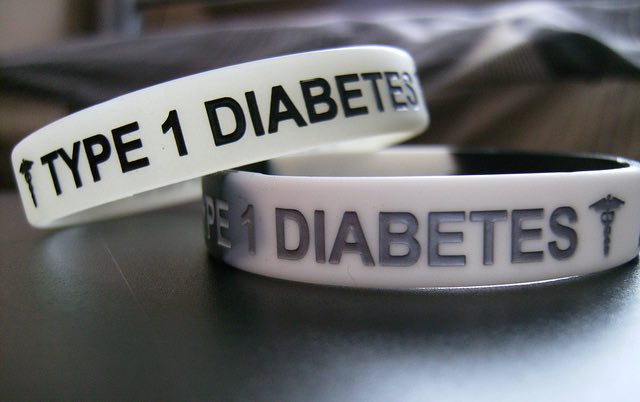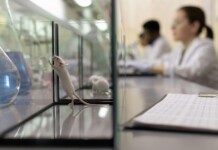
A new drug tested in mouse models of type 1 and 2 diabetes septupled the number of beta cells in the pancreas, reversing the symptoms of diabetes until the disease was gone.
This has never been achieved before in drug development, and the scientists behind the breakthrough are calling it a “functional diabetes cure.”
It took just three months for the mice cells to start excreting insulin again, which was achieved via a combination of two drugs: the first called harmine which is naturally found in plants which works to inhibit the enzyme DYRK1A, and the second which acts as a GLP1 receptor agonist, also found in the diabetes drug Ozempic.
To test their drug, the team from Mount Sinai and City of Hope first injected human beta cells into mice, and then applied their treatment. The beta cells increased in number 7-fold in just three months time, with symptoms of diabetes slowly reversing until they were undetectable even 1 month after treatment was stopped.
The concept behind this treatment has been tried before, but it involved coaxing stem cells into human pancreas beta cells in vitro and then transplanting them into a diabetes patient via a small device: a costly, time-consuming procedure.
“This is the first time scientists have developed a drug treatment that is proven to increase adult human beta cell numbers in vivo,” said Dr. Adolfo Garcia-Ocaña, corresponding author of the study. “This research brings hope for the use of future regenerative therapies to potentially treat the hundreds of millions of people with diabetes.”
UNTIL THIS DRUG IS ON THE SHELVES: Crazy Insulin Prices Now a Thing of the Past in U.S. After Government Initiates Monthly Cost of $35
So far, harmine alone has recently undergone a phase 1 clinical trial in humans to test its safety and tolerability, while DYRK1A inhibitors have not.
The study was published in the journal Science Translational Medicine.
SHARE These Incredible Results, Never Before Achieved Before…




















This news has great potential for many many people! I’m wondering if the photo included with the article indicates this potential new treatment (in development) is only for Type 1 diabetes. It seems that many more people are affected by Type 2 than by Type 1 and the types are different in certain ways.
I looked it up in our source links here and found the drug was tested “in mouse models of type 1 and 2 diabetes.” I’ll add it to the story. Thanks for the question!